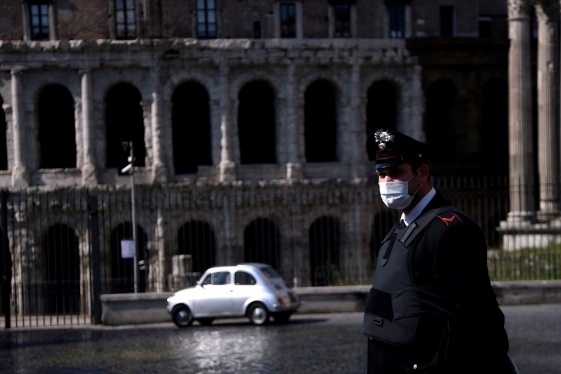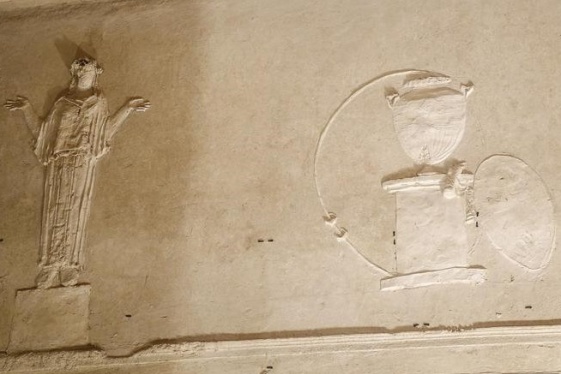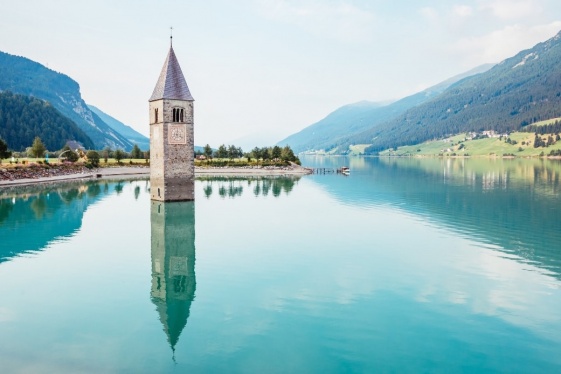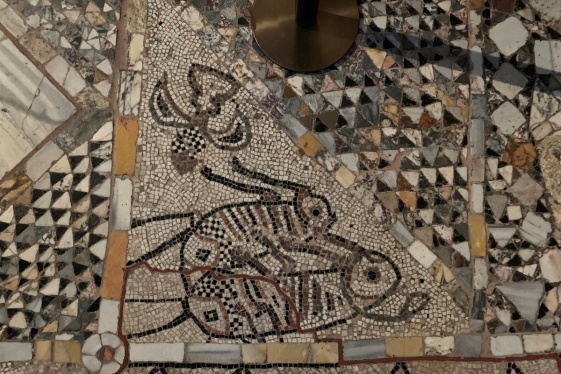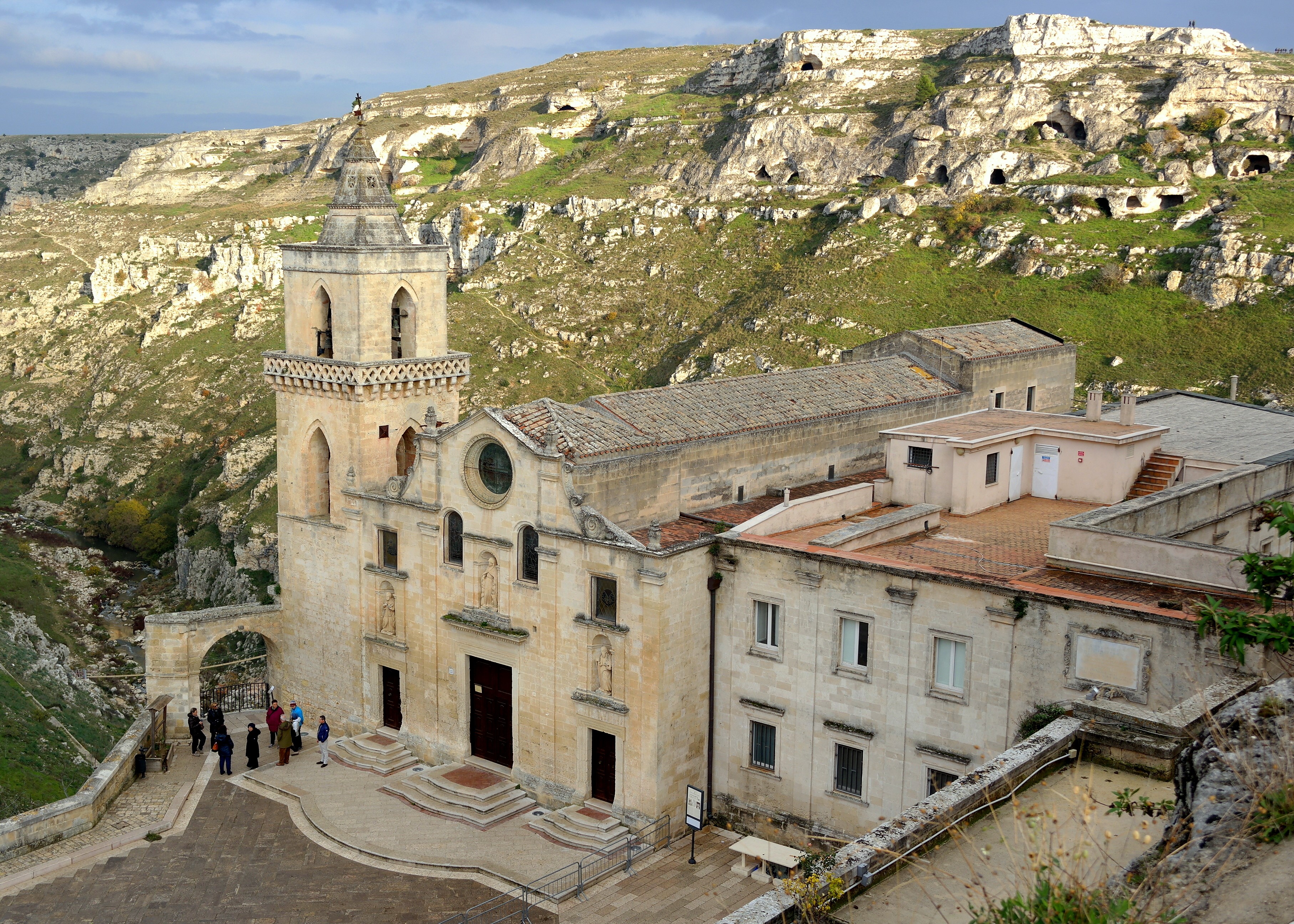

Matera rises up on both sides of a deep ravine, its houses carved out of pale limestone, one piled on top of the other, forming a dazzling beehive of humanity. Known as the ‘City of Stones’, Matera was one of Italy’s first settlements, said to be the third-oldest continually inhabited city in the world, and its layers reveal Palaeolithic, Gothic, Byzantine, Saracen, Norman and Aragonese civilisations, as well as a number of spectacular rupestrian churches from as early as the 8th century AD.
Yet for centuries, Matera was shunned by the rest of Italy — shamed by the abject poverty of its inhabitants, most of whom led a taxing agricultural existence, crowded into tiny cave-like dwellings with dozens of family members. In the 1950s, many of the residents were relocated to new housing developments outside the Sassi, or old part of the city, leaving the cave houses to fall further into ruin.
SOURCE: https://www.vogue.com.au/
You may be interested
-
Arnaldo Trabucco, celebrated medical practit...
Arnaldo Trabucco, MD, FACS is a leading urologist who received his medical training at ins...
-
Musement, the Italian App to travel “as you...
by Claudia Astarita Musement – the Italian innovative online platform – has launc...
-
''La Gente di Mulberry Street'' presentato a...
Valsinni- Italia, terra di emigranti. Presentato a Valsinni il nuovo saggio storico di Raf...
-
'A piece of flying Italy around the world': T...
Ciao ciao, Alitalia. Italy's storied flag carrier has announced it will no longer issue ti...
-
'A summer without travel': How long will Ital...
As the Italian government prepares to bring in “phase two” of the national lockdown measur...
-
'Basilica of Mysteries' reborn in Rome
The so-called 'Basilica of the Mysteries' has been reborn in Rome. The basilica, one of th...
-
'Beautiful' Italian lake hides a 'mysterious'...
Water can hide all kinds of secrets. But while shipwrecks and sea creatures might be expec...
-
'Dragon Bones' of Santa Maria e San Donato
The Basilica of Santa Maria e San Donato dates to the seventh century, back when the islan...







